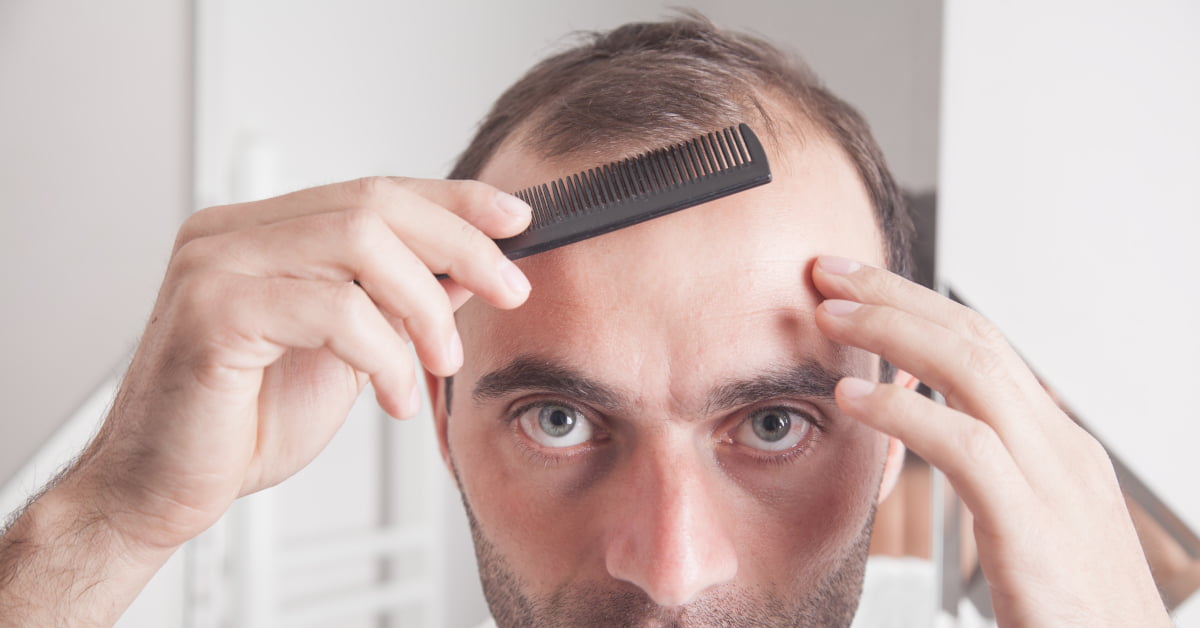Every day, your hair undergoes a natural cycle of growth, rest, and shedding. Understanding the science behind hair shedding can help demystify this common phenomenon and distinguish between normal patterns and potential causes for concern. Let’s explore the intricate world of hair shedding, shedding light on what’s considered normal and when it might be time to pay attention. ♀️
The Hair Growth Cycle: A Ballet of Growth and Shedding
Before we delve into shedding, it’s crucial to grasp the hair growth cycle. Your hair follicles go through three main phases: anagen (growth), catagen (transition), and telogen (rest). The majority of your hair is in the anagen phase at any given time, while a smaller percentage is in catagen or telogen. Shedding occurs predominantly during the telogen phase, which is a natural part of the cycle. It’s the balletic rhythm of growth and renewal that keeps your mane vibrant.
Normal Shedding: What to Expect
On average, it’s normal to shed around 50 to 100 hairs per day. These hairs are usually in the telogen phase, having completed their lifecycle. Factors such as age, genetics, and hormonal changes can influence the rate of shedding. Seeing a few strands in your brush or on the shower floor is typically part of the natural process and not cause for alarm. It’s your hair’s way of making room for new growth.
Seasonal Changes: Nature’s Influence on Shedding
Interestingly, hair shedding can also exhibit seasonal patterns. It’s not uncommon to experience slightly increased shedding in the fall. This phenomenon, known as seasonal shedding, is thought to be influenced by changes in daylight and temperature. While seasonal shedding is considered normal, it’s a reminder of the interconnectedness between our bodies and the environment.
When to Pay Attention: Excessive Shedding Causes
While normal shedding is a natural part of the hair cycle, there are instances where excessive shedding may indicate an underlying issue. Factors such as stress, nutritional deficiencies, hormonal imbalances, and certain medical conditions can contribute to increased hair loss. If you notice a sudden and significant uptick in shedding or observe areas of thinning, it’s advisable to consult with a healthcare professional or a dermatologist for a thorough evaluation. ⚕️
Maintaining a Healthy Mane: Tips for Minimizing Shedding
To promote a healthy hair growth cycle and minimize excessive shedding, incorporating good hair care practices is essential. This includes a balanced diet rich in vitamins and minerals, regular scalp massages to stimulate blood flow, and gentle handling of your hair, especially when wet. Nourishing your hair from the inside out contributes to its overall health and resilience. ♀️
Conclusion: Embracing the Natural Ebb and Flow
Understanding the science of hair shedding allows you to embrace the natural ebb and flow of your hair’s lifecycle. While shedding is a normal and necessary process, paying attention to changes and patterns can provide insights into your overall health. Treat your mane with care, nourish it from root to tip, and celebrate the fascinating ballet of growth and renewal happening on your scalp every day. ✨

Leave a Reply